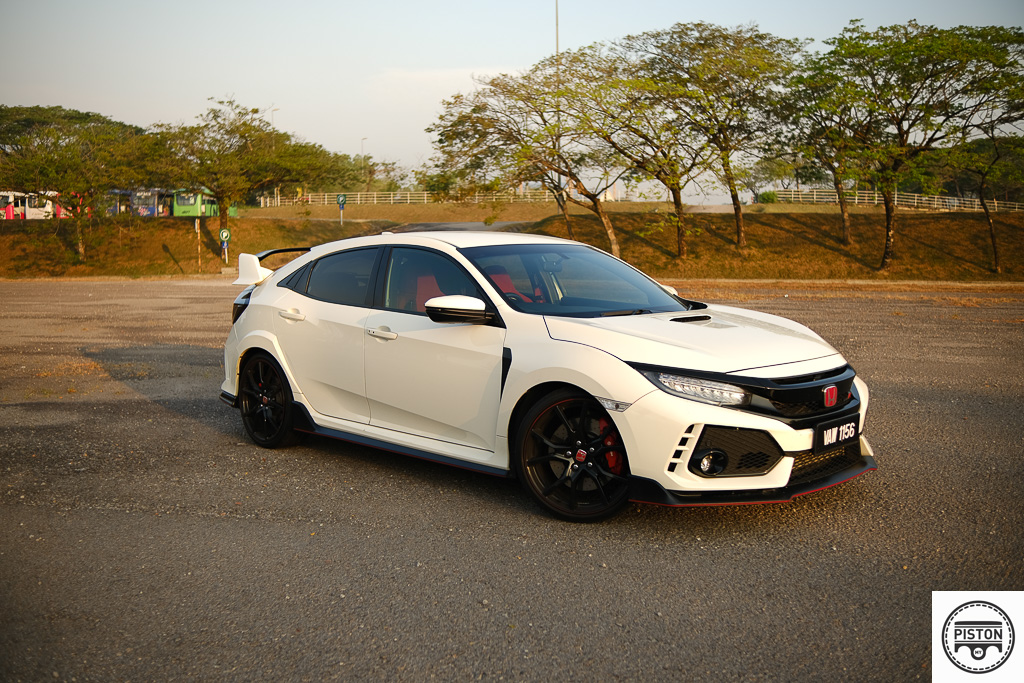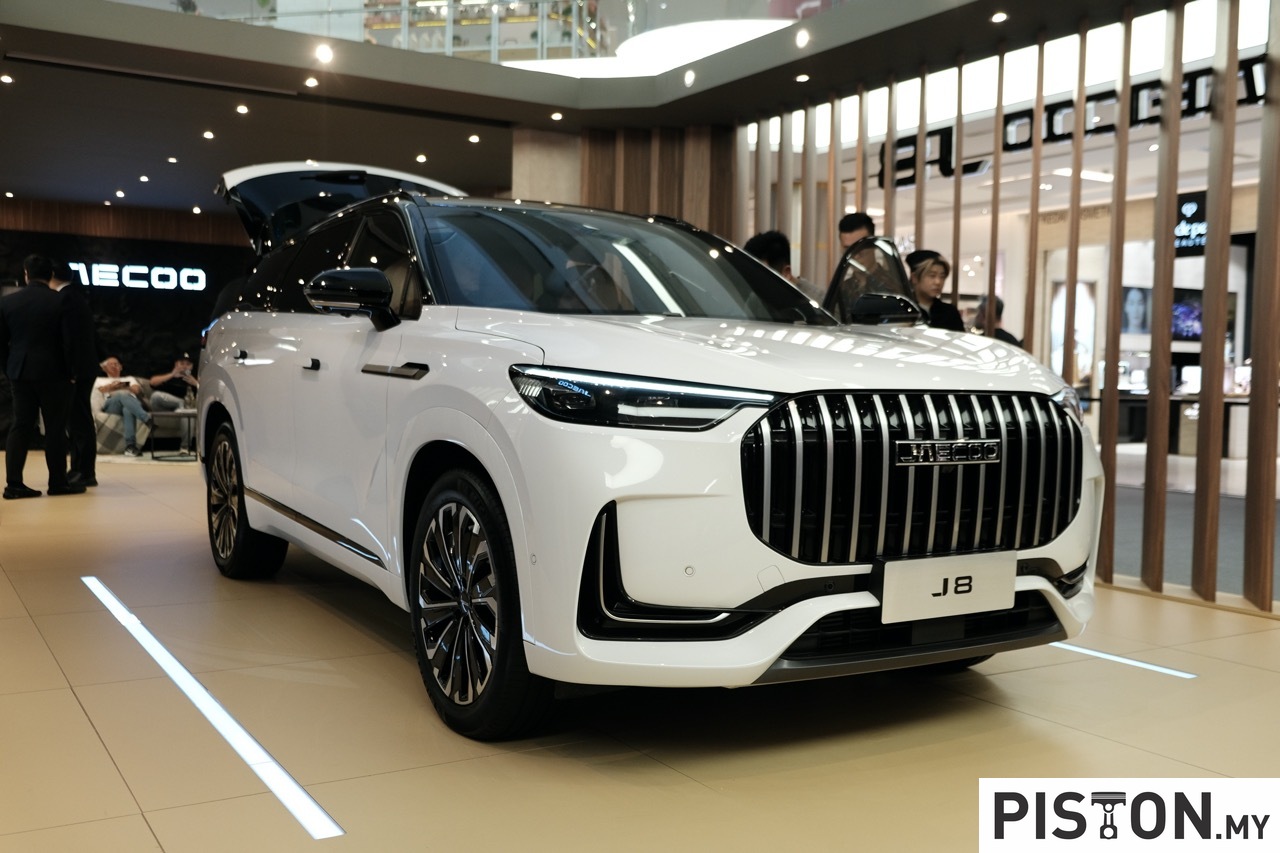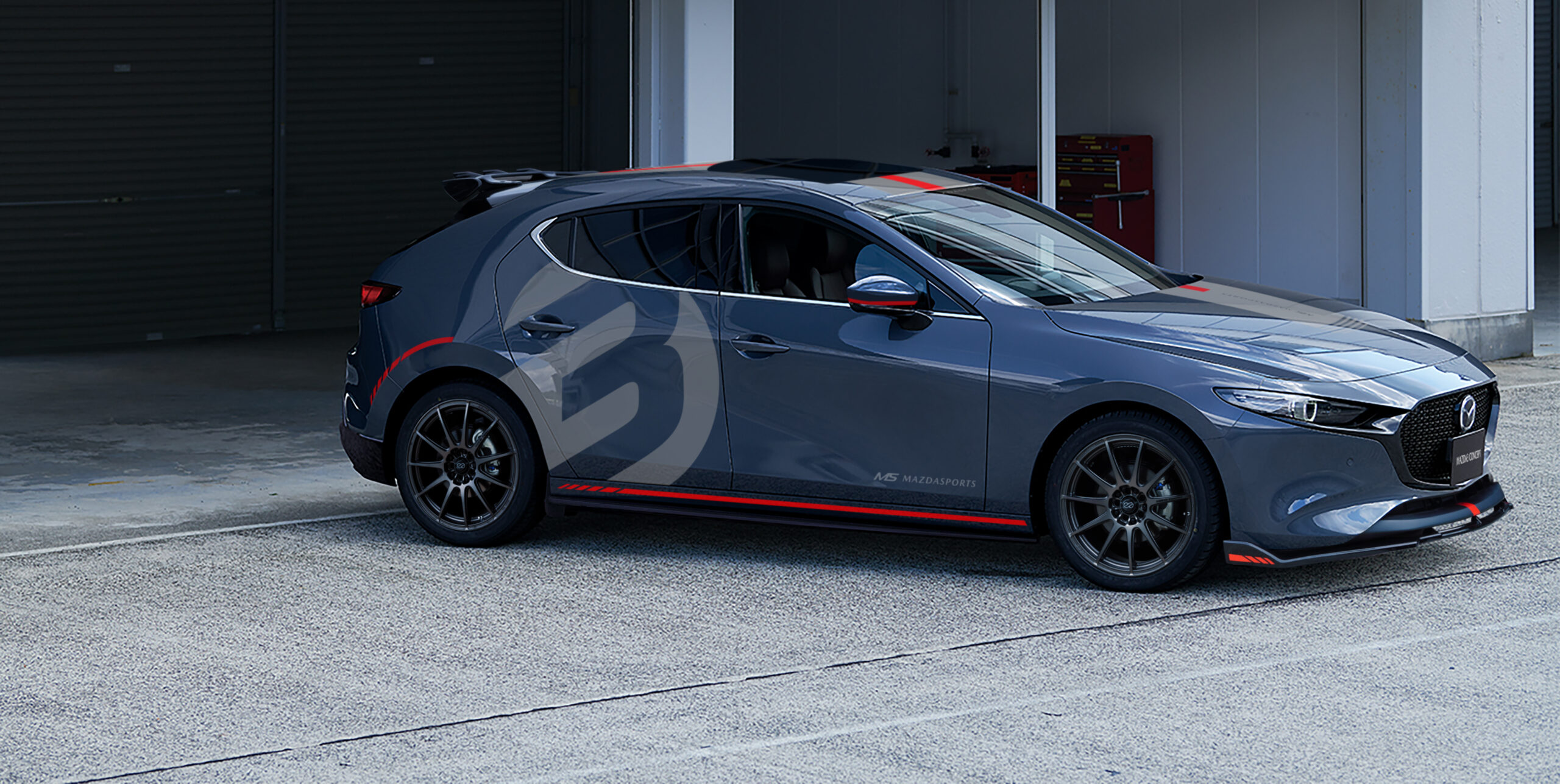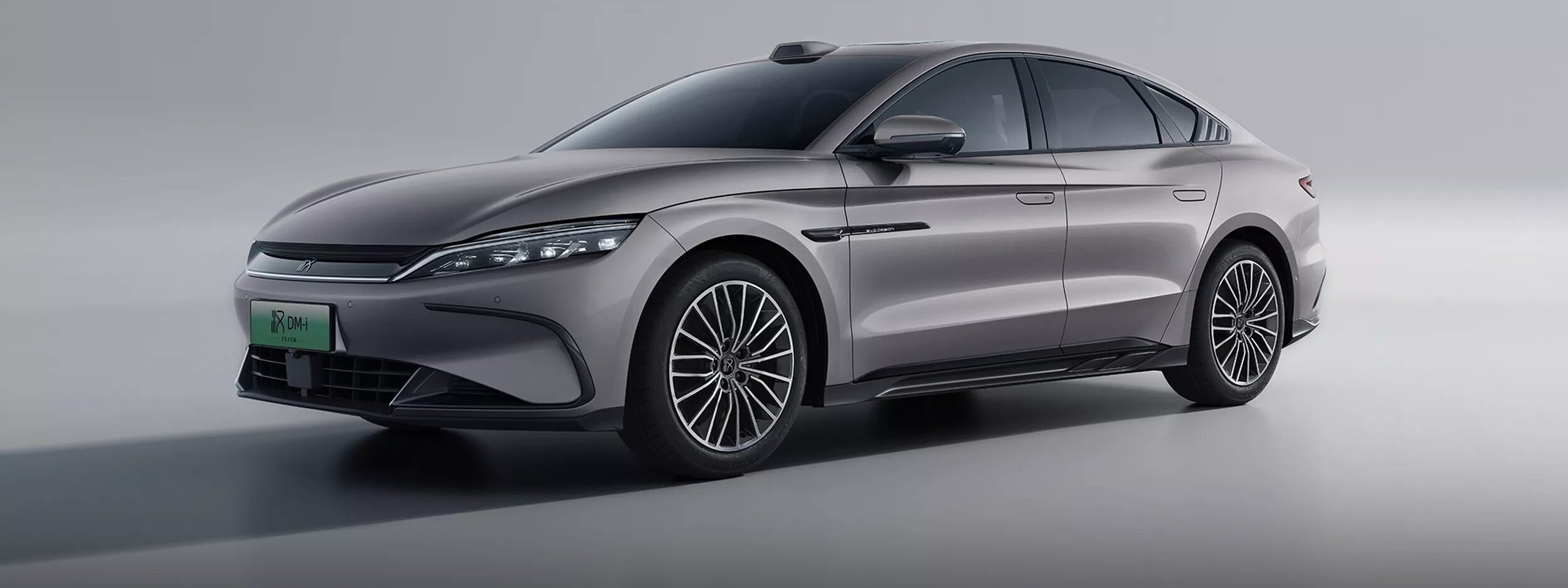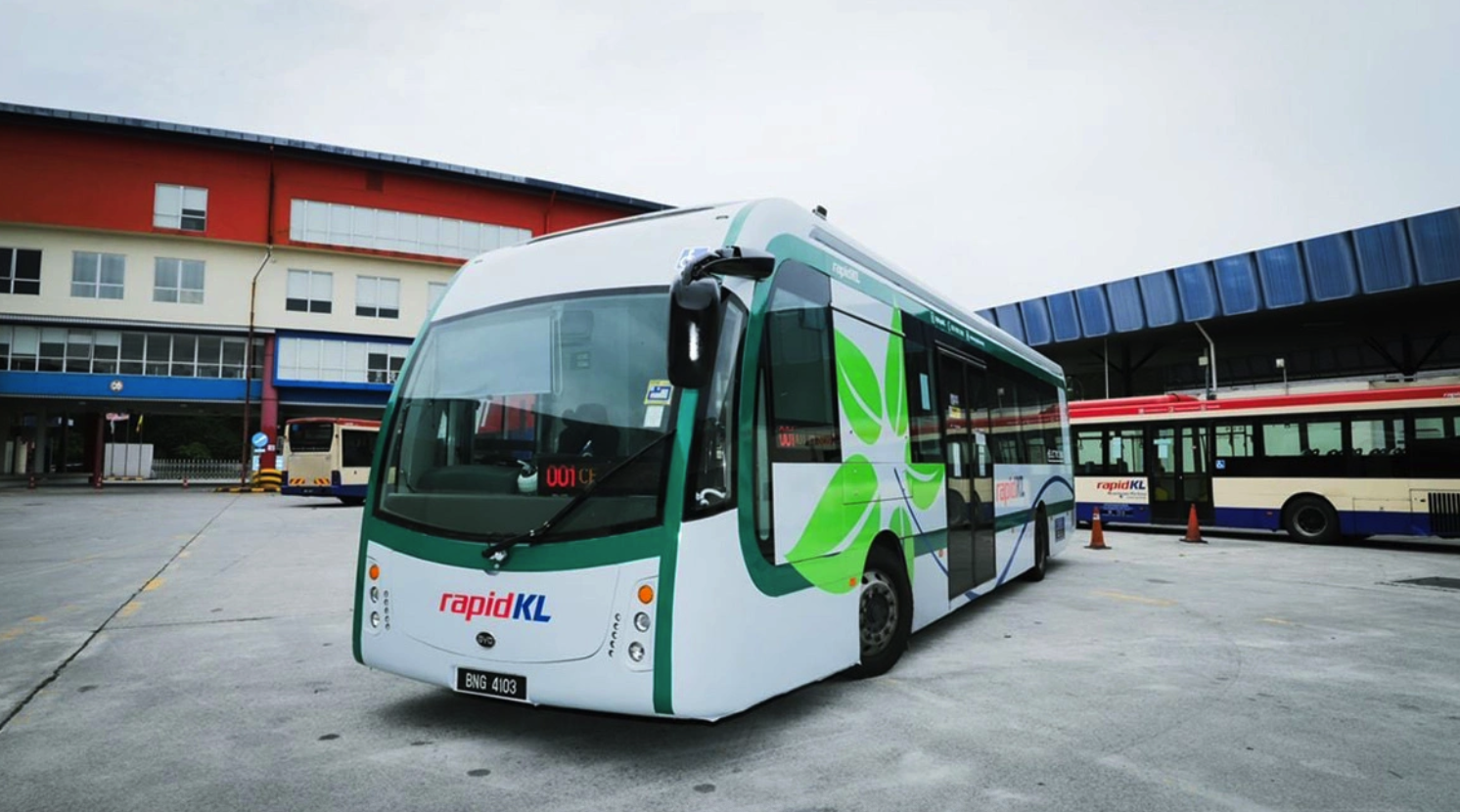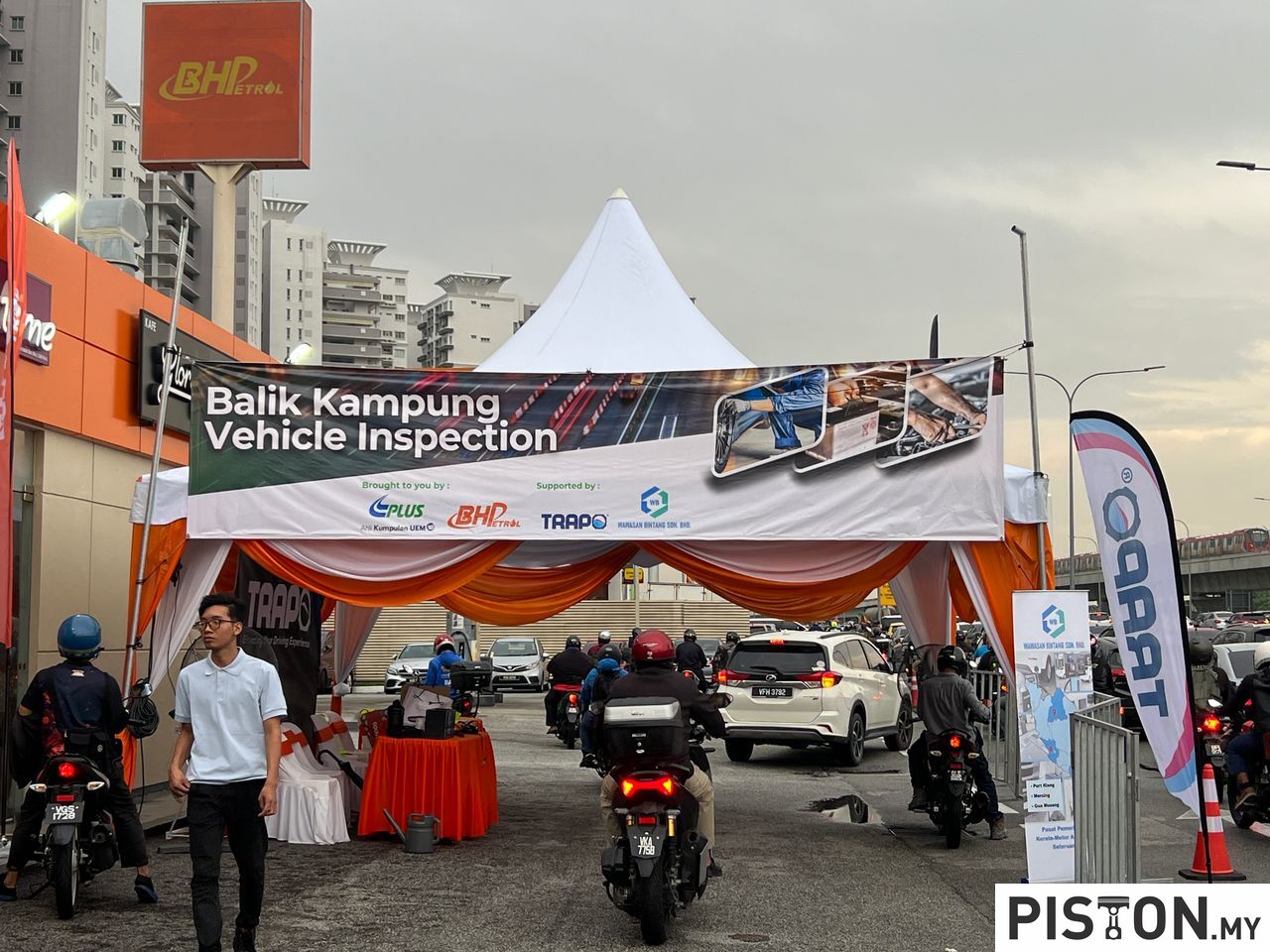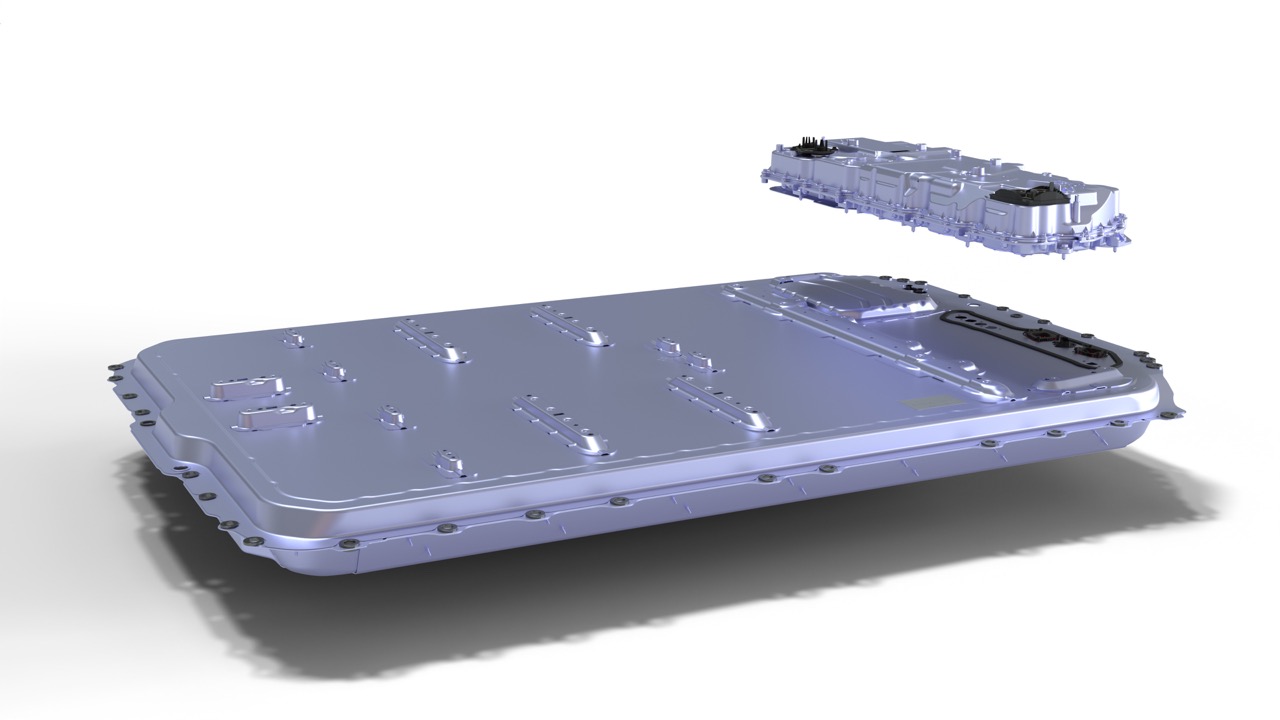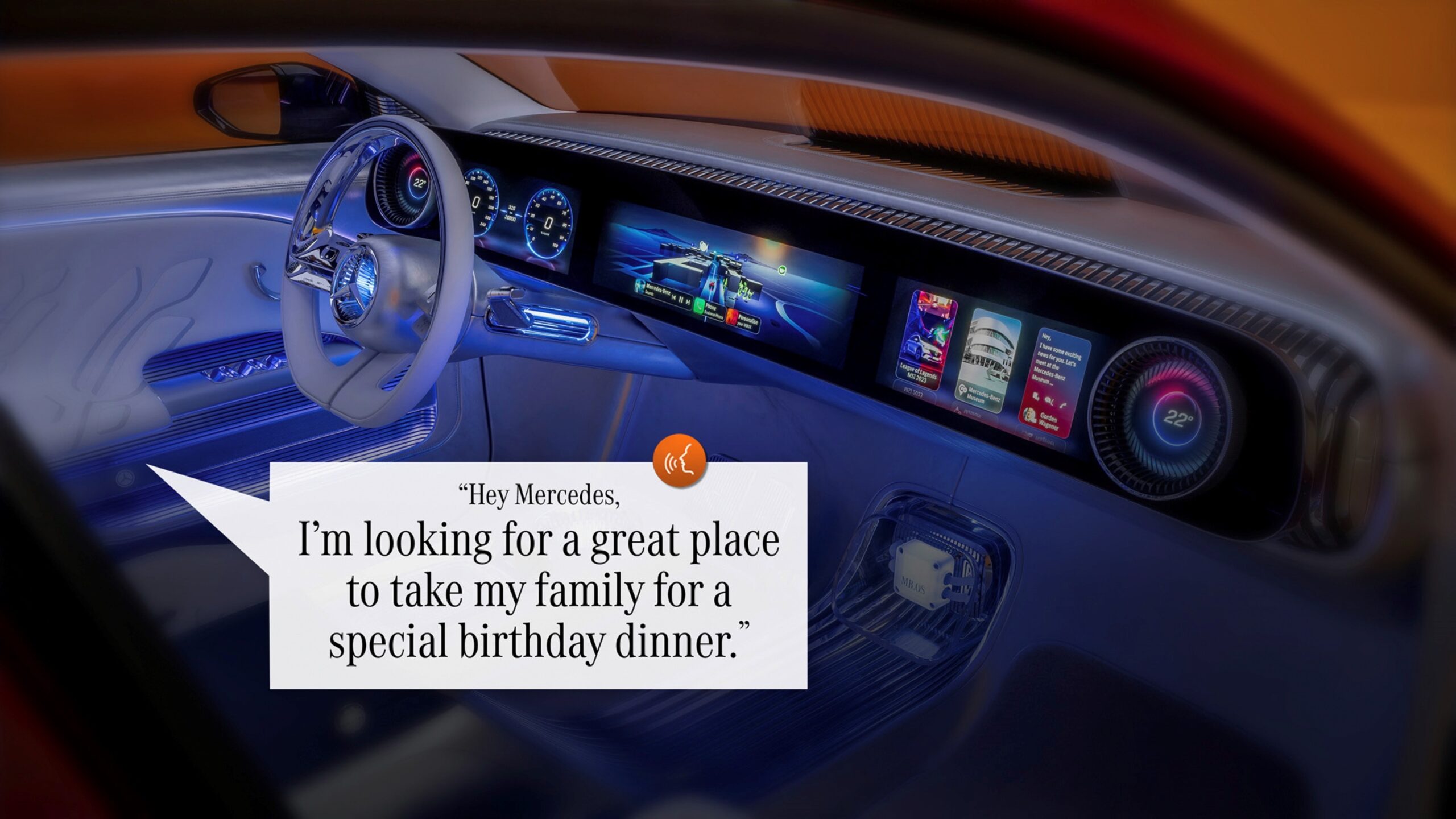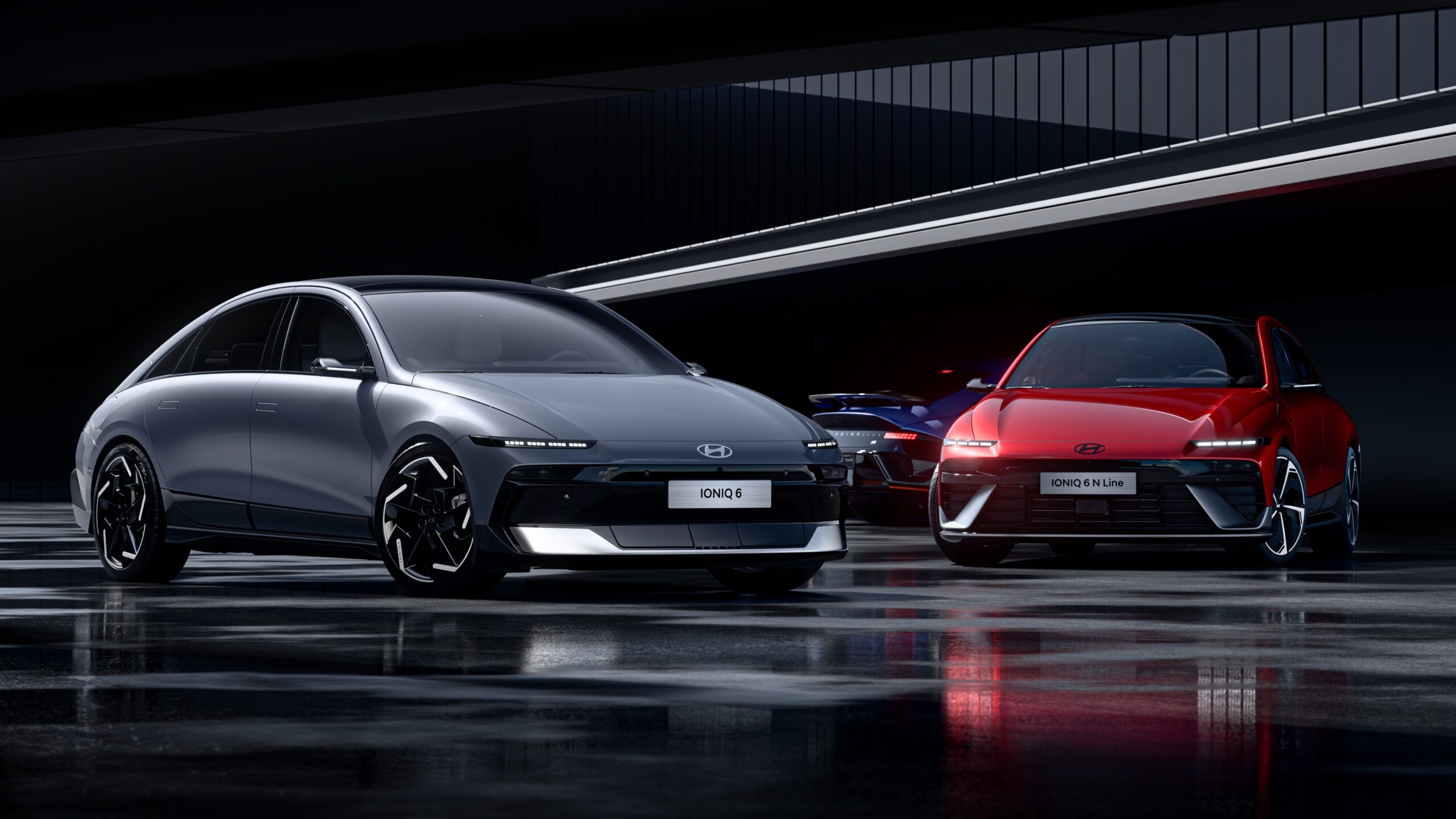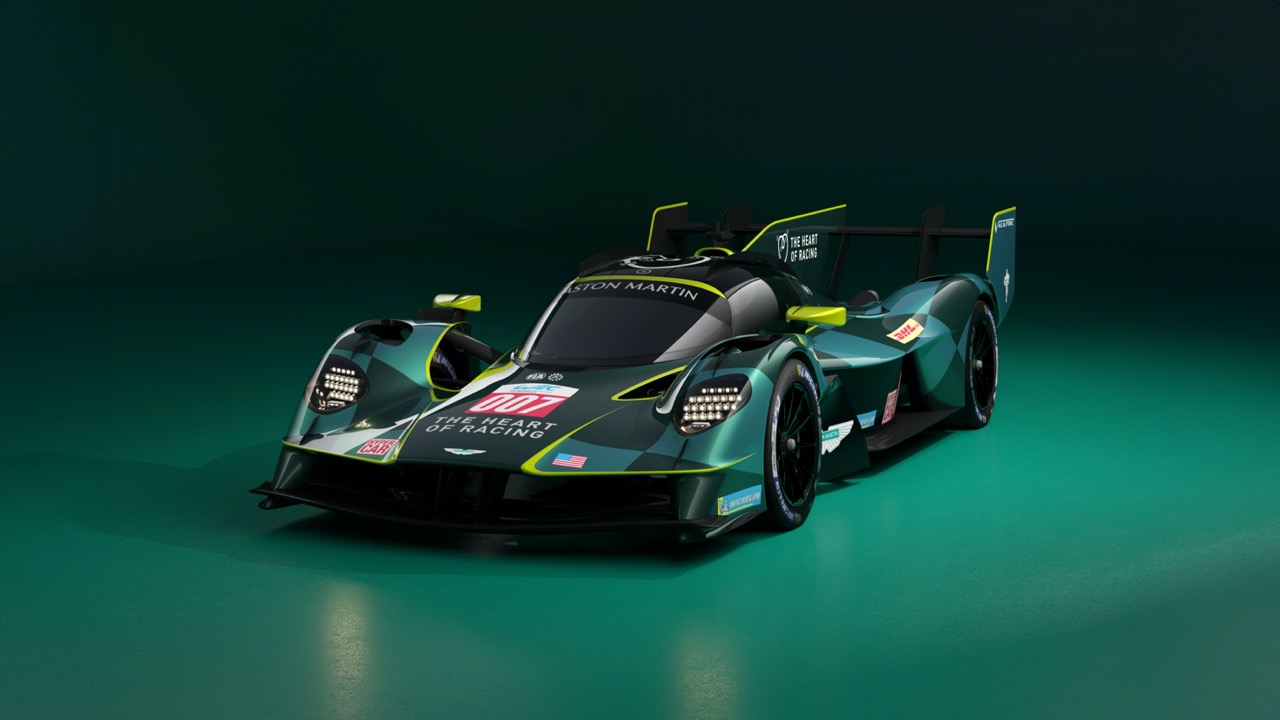Few cars define the passion for driving like Honda’s iconic Type R. Some of the cars that can be put into the same category include creations by BMW’s M division, Mercedes AMG, Audi’s RS, Nissan’s Nismo, Toyota’s GR, and a few others.
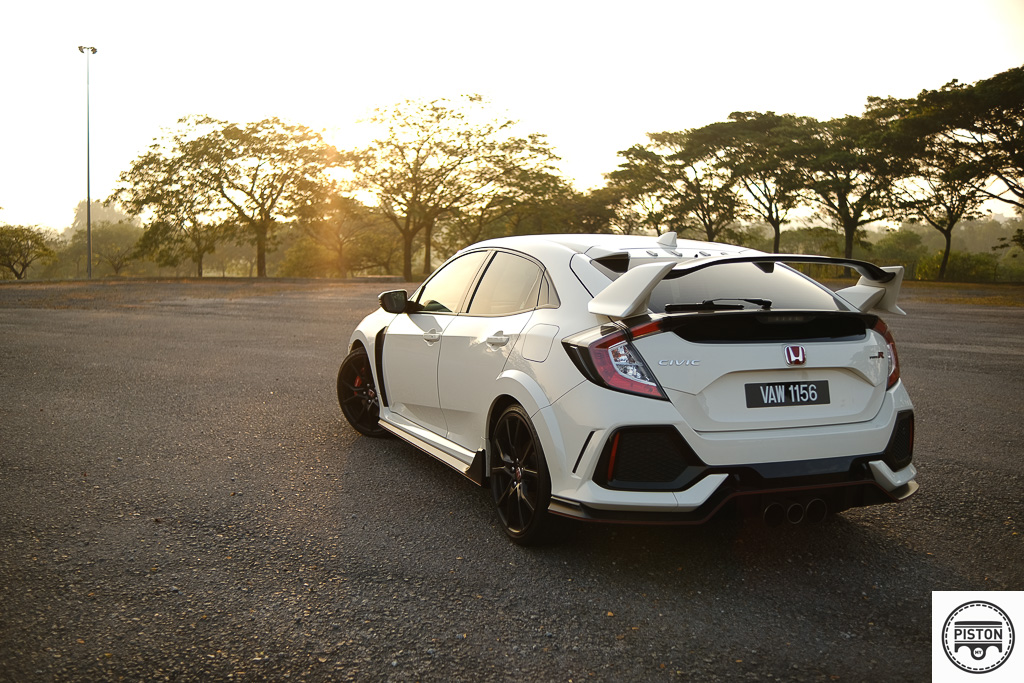
While all those brands mentioned above might be fierce competitors, the one thing that all of them share is the ability to stir emotions. While their parent companies create cars for general transportation, the sub-divisions are more than just a means of transport, they are meant to create a connection between the car and one’s soul.
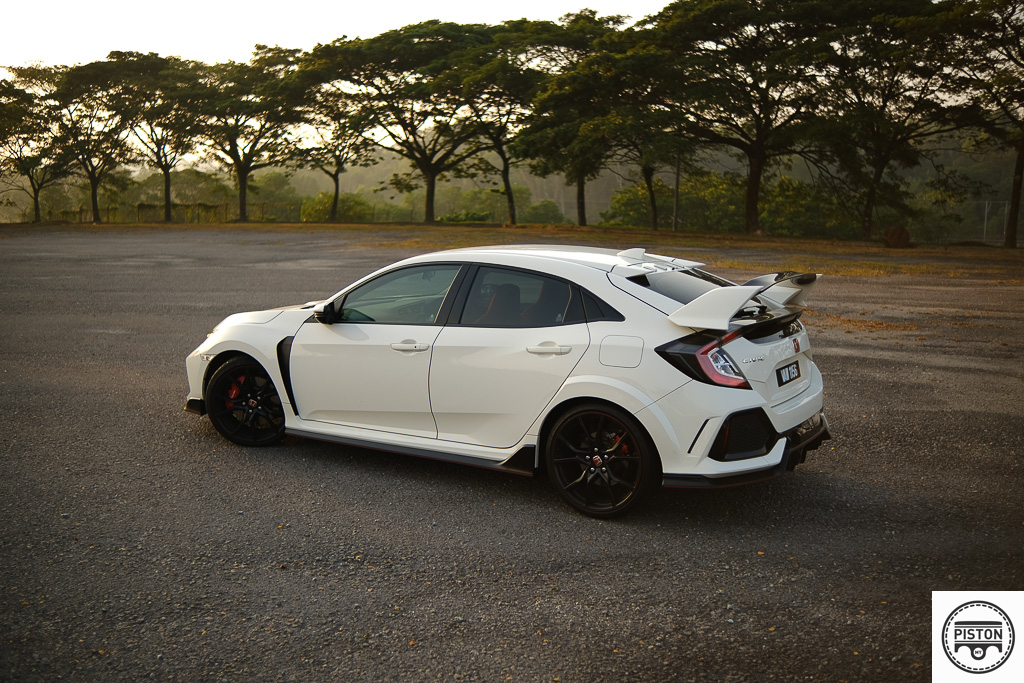
The Type R started off life as just that, a division meant to make one of Honda’s most iconic models into something that would seize the world – the Honda NSX Type-R. Or otherwise known as the Ferrari killer.
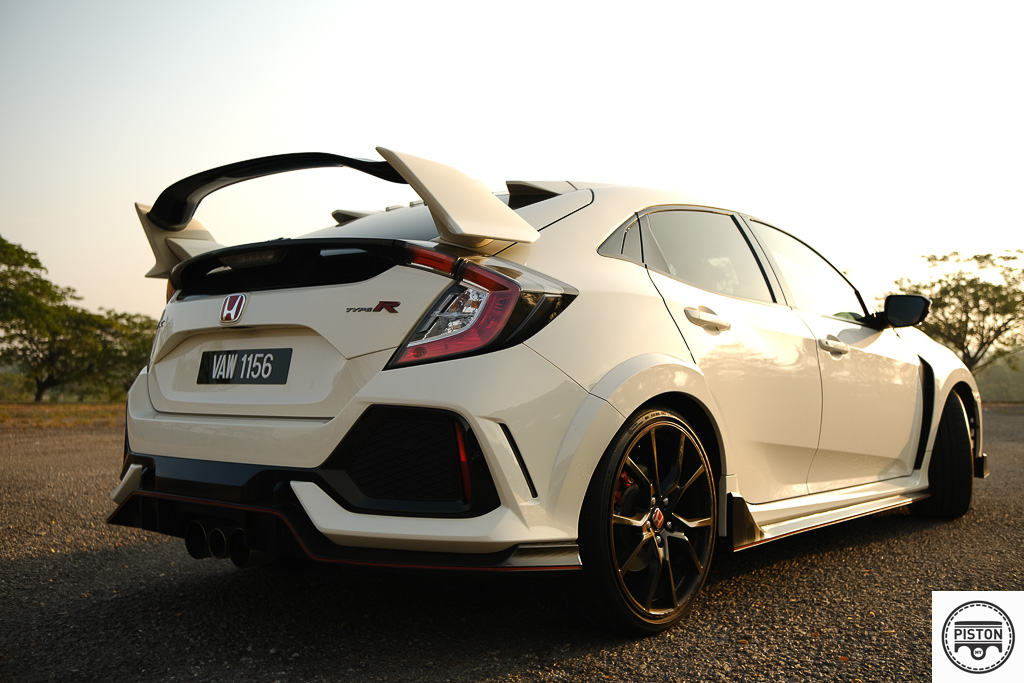
Back in the 80s and 90s, Ferrari made cars that were amazing to look at, but not so great to drive and worse to own (besides the F40). And it is quite safe to say that the NSX shook up the Maranello based establishment (with due credit to Nissan’s GTR of course).
Honda had the legendary Ayrton Senna on their side when the late Brazilian raced for the Mclaren-Honda Formula One team, which whom he won three World Championships with.
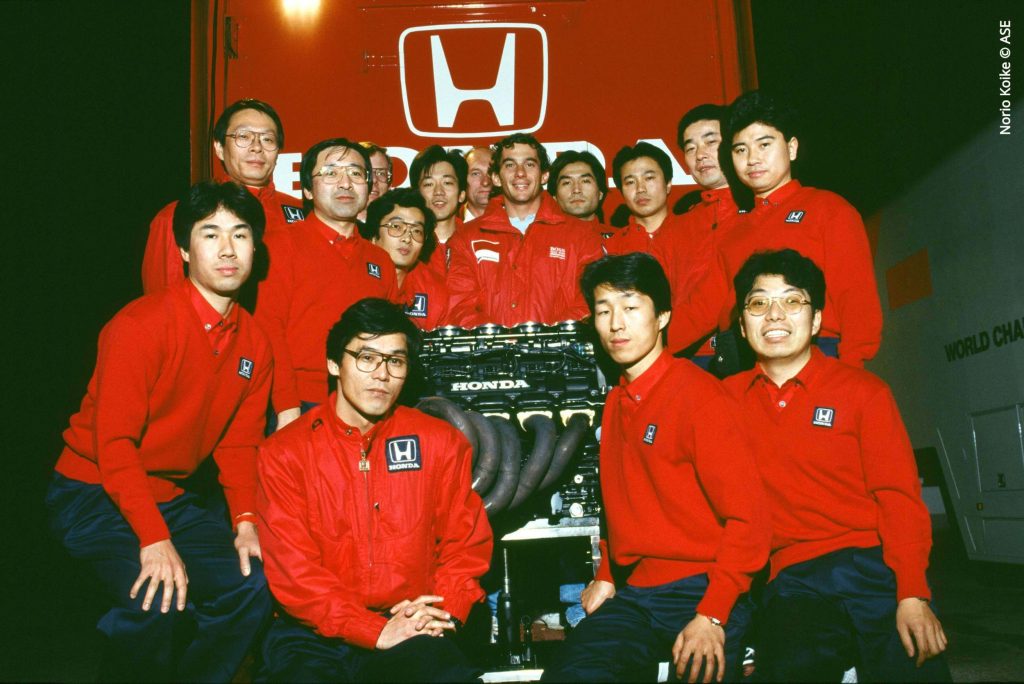
Senna had his way with the NSX and helped to improve the handling and overall dynamics of the car, most notably at the Suzuka circuit in Japan, which is owned by Honda.
Honda later created a wilder version of the NSX, christening it the Type R, which made the NSX Type R the first of its kind. This was the beginning of what would later command a cult like following of the Type R brand.
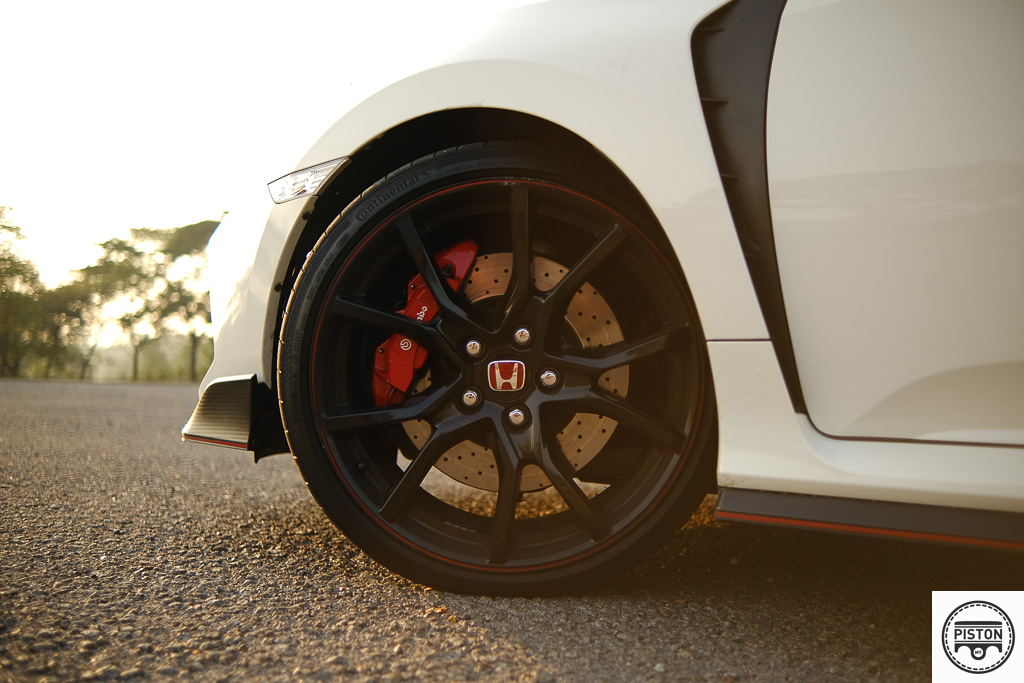
Type R models are generally treated to a distinct weight loss program that includes a lack of sound insulation. The entire air-conditioning system will also be removed for earlier models (Honda realized this was not practical and re-installed it in later year models), as well as the complete removal of the power steering system. The glass around the car was also generally thinner for specific Type R cars. This resulted in lighter cars that were a joy to drive.
Some of the icons from the Type R family includes the NSX Type R, the Integra Type R and of course, the Civic Type R.
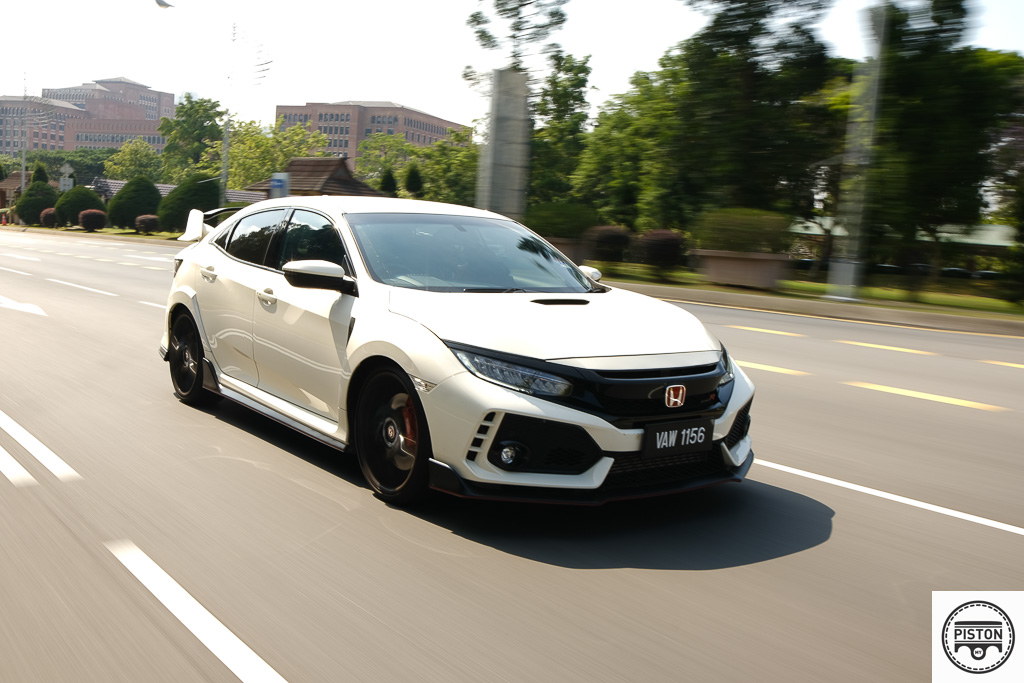
But not all of them were greats though. Honda thought it would be a good idea to offer an Accord Type R but that turned out to be the least exciting of all Type R models. There is also the Civic FN2R which is considered quite ‘soft’ when compared to other JDM and Asia specific models. Good thing then that those two were only offered for the European market.
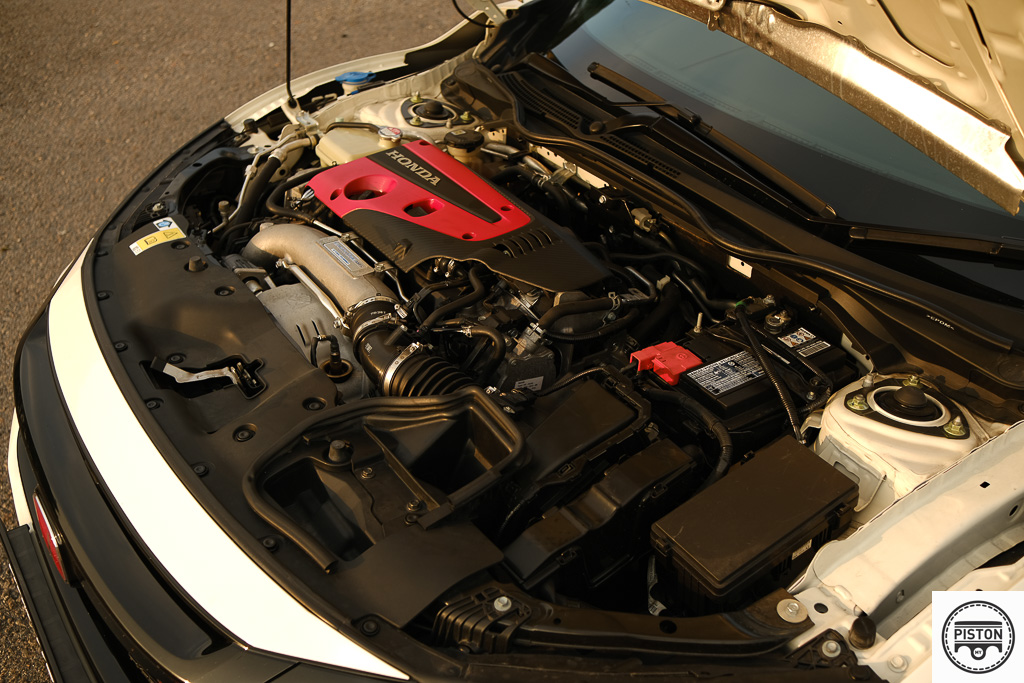
One of the greatest Type R’s is the Civic FD2R. With a 2.0-litre naturally-aspirated engine producing 225PS and 215Nm of torque, the car came with a slick-shifting short-throw 6-speed manual gearbox. This combined with an 8,400rpm rev limit and semi-slick Bridgestone tyres, made the car feel like a race car for the road.
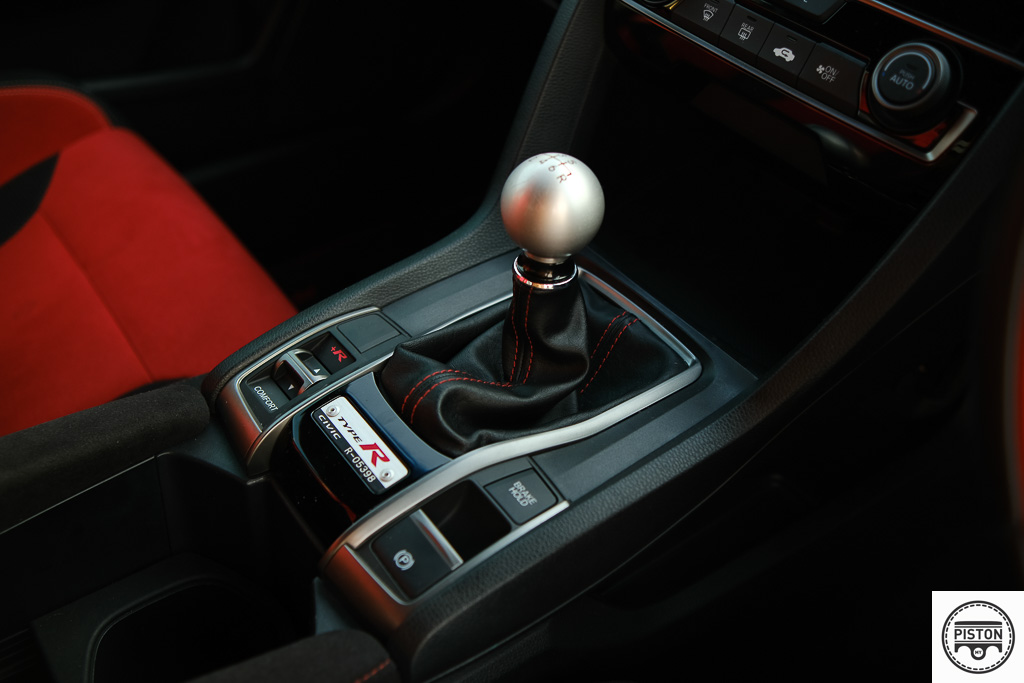
The FD2R is a true icon of the Type R family and one that will always be remembered with affection. Honda faced an uphill task to create a successor. With the rising demand for efficient and cleaner engines, it simply was not feasible to continue to build naturally-aspirated engines.
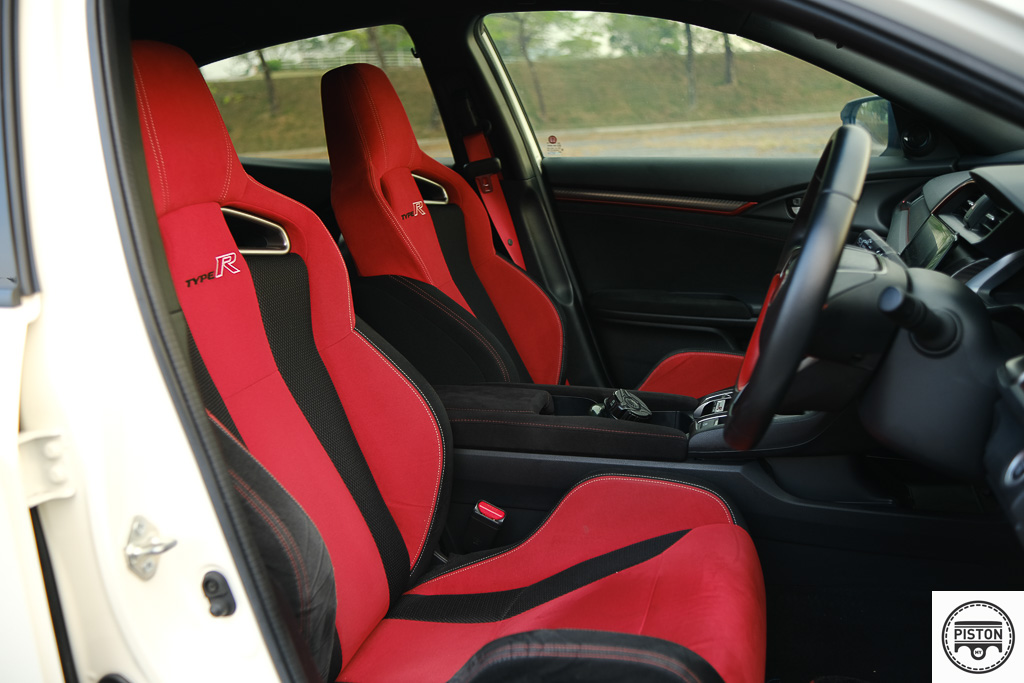
So, Honda had to step into the world of forced-induction and created a turbocharged successor to the FD2R, much to the dismay of Type R fans around the world since a naturally-aspirated engine was considered a hallmark of all Type R’s.
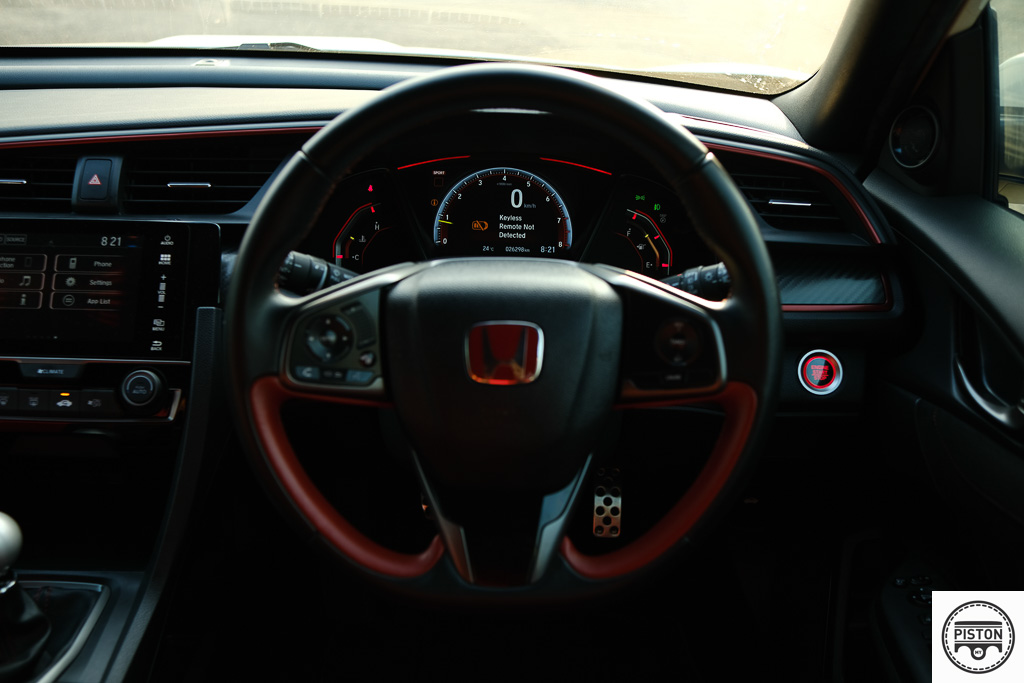
The FK8R is the spiritual successor to the iconic FD2R, but in reality, the two are only connected with each other in name and not so much in spirit.
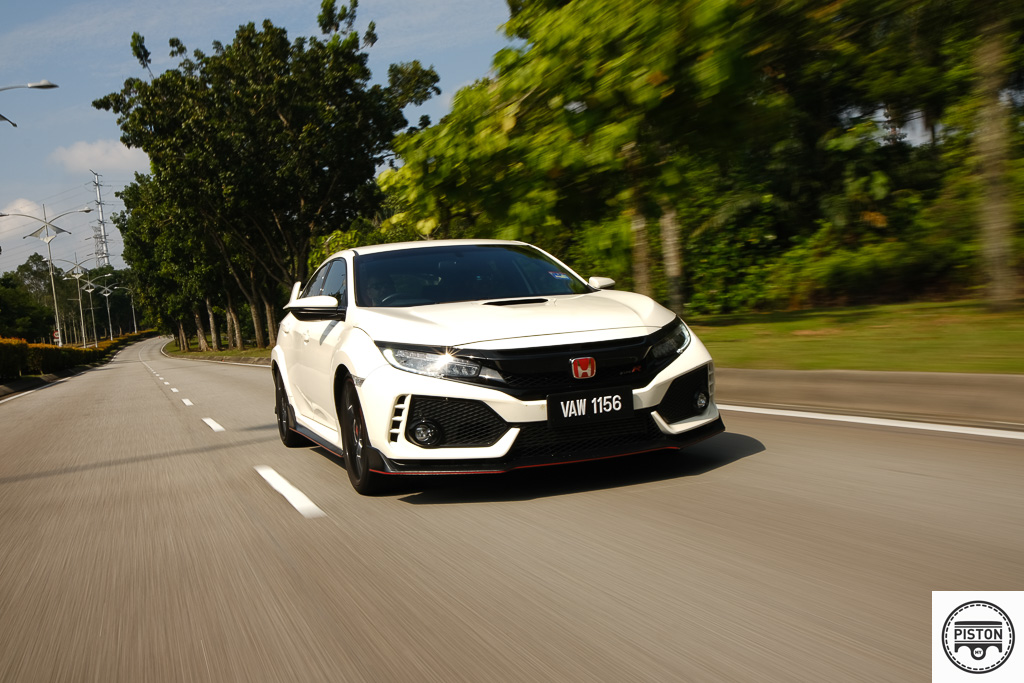
There are things that the two share though, such as the short-shifting 6-speed manual transmission, the large rear wing, and a driving experience that will shake your internals. But the method of delivering that experience is vastly different.
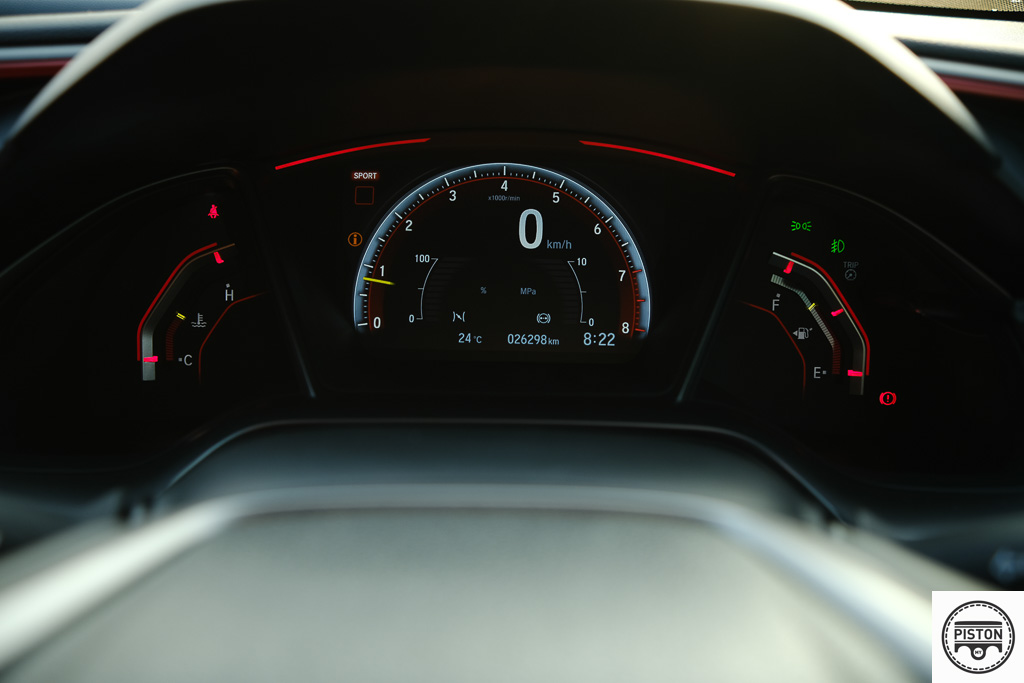
While the FD2R will engage your attention by keeping you fixated as the engine screams, demanding that you bang home every gear ratio until the car reaches its electronically programmed 180km/h top speed. The FK8R on the other hand requires that you pay attention to the speedo meter, because it has a tendency of piling on speed without you knowing it. It is clinical yet refined in its power delivery.
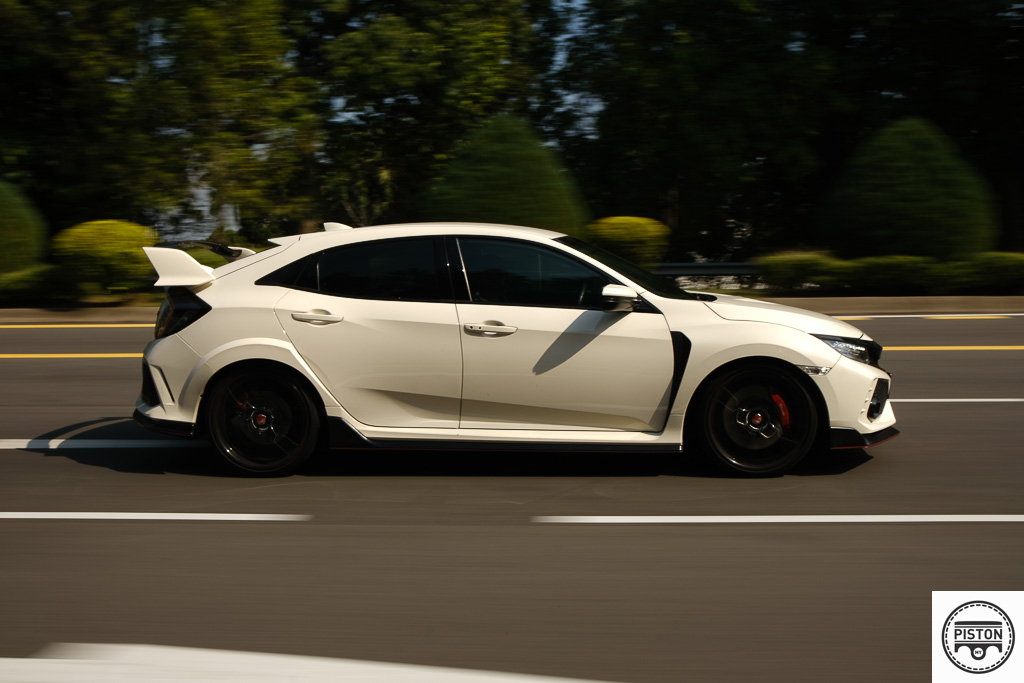
Embracing forced-induction has allowed Honda to offer much more power than previous generation Type R’s. The Civic FK8R produces 310PS and 400Nm of torque. It does the 0-100kmh in just 5.8 seconds and will not stop accelerating until it reaches its 272km/h top speed. That is just about 100km/h faster than previous generation models.
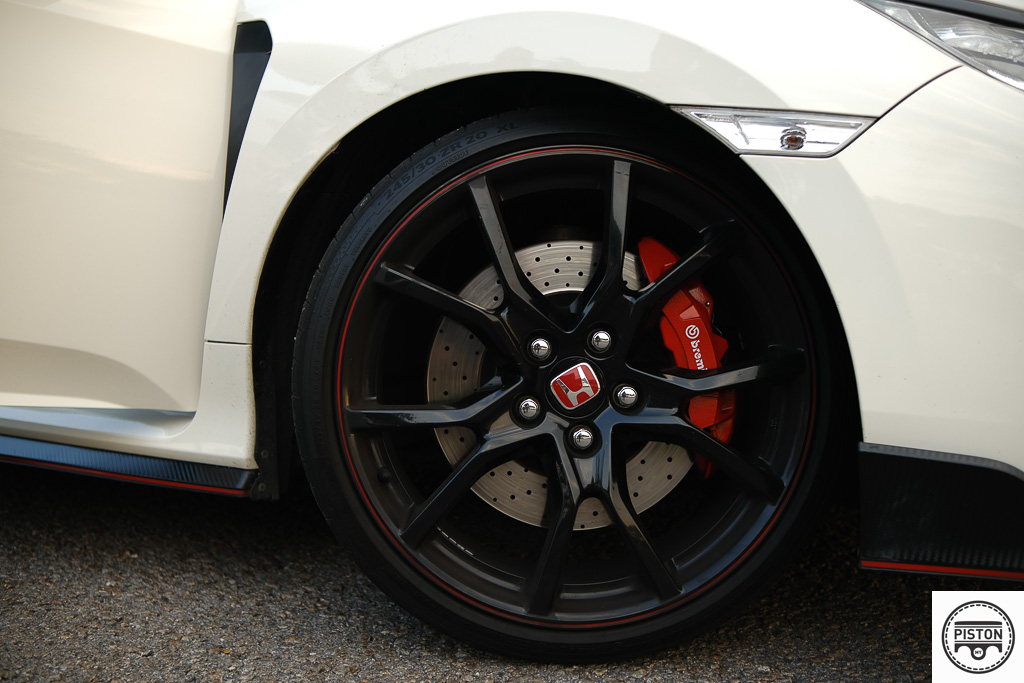
For reference sake, the NSX Type R, which is widely regarded as the greatest Type R ever produced makes just 290hp and 304Nm of torque. Though there are some reports suggesting that those numbers were under declared.
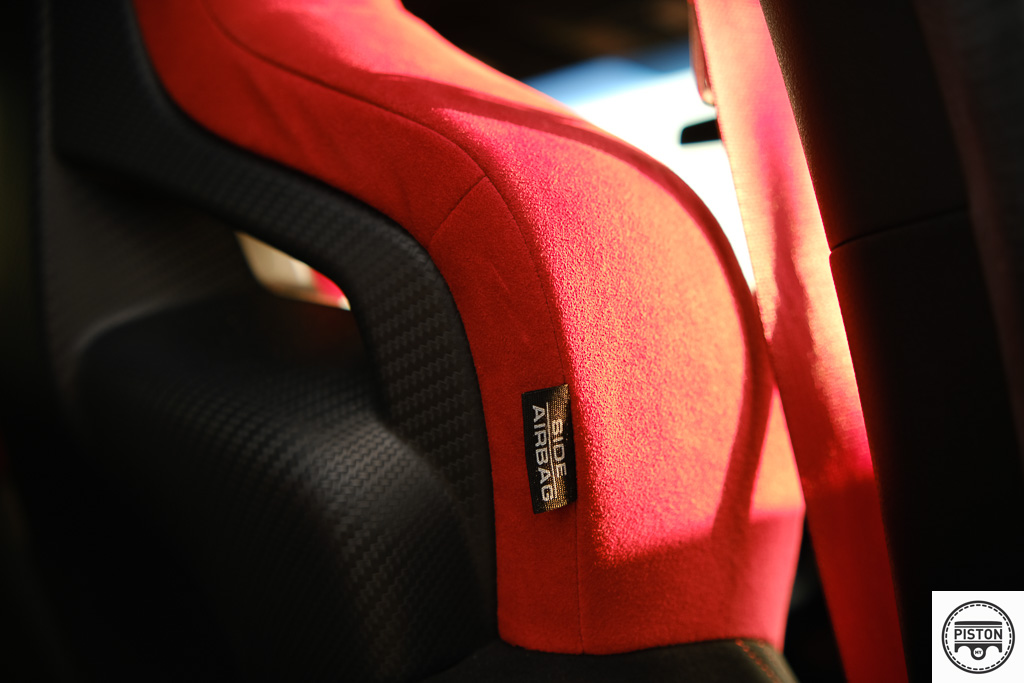
But before you start to think that the NSX Type R is slower compared to the FK8R, it is worth remembering that the project leader for the NSX Type R was once quoted as saying, “the idea behind the R was not to create a swan song rendition with a massive dose of additional power, but to go back to basics.”
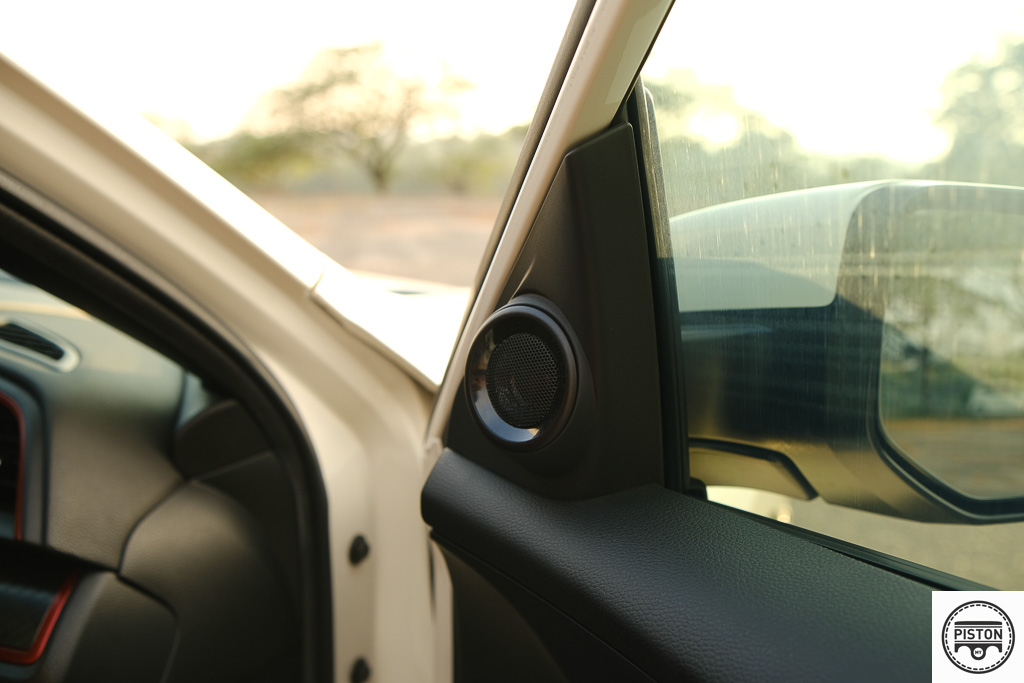
And the ‘basics’ in mention means the removal of some of the items that add to the overall weight. As such the NSX Type R was a full 84kg lighter than the standard NSX and this resulted in an impressive power to weight ratio of 220bhp per tone. With the NSX Type R weighing in at 1,274kg, we will let you do the math.
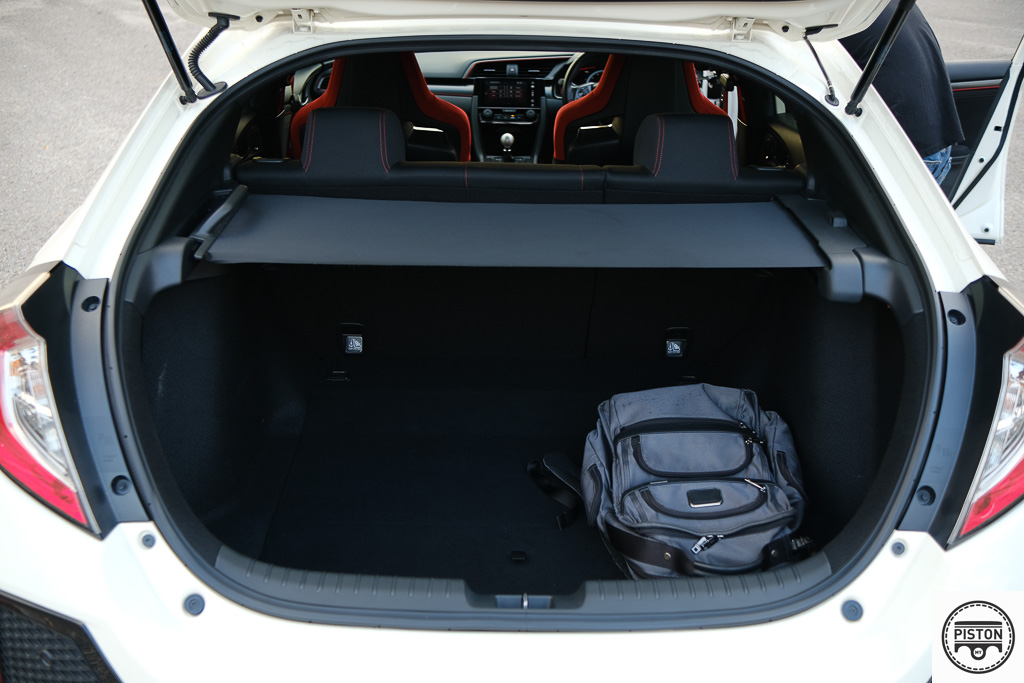
On the topic of the FK8R, it is a sublimely different machine as compared to its predecessors. While the words of choice for older Type R’s would be aggressive, noisy, engaging with a borderline trashy drive character, the FK8R is more refined, friendly yet boisterous when the road allows, and yet as engaging as previous models. To put it simply and in modern language, the FK8R is what you get when a Type R has to take on the responsibilities of an adult.
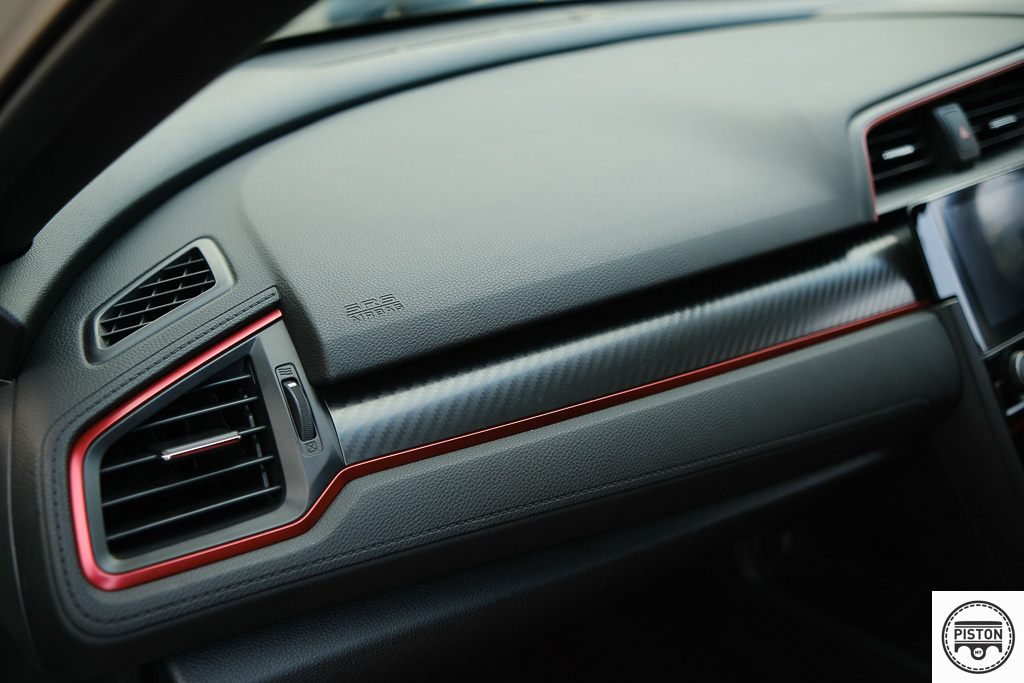
The FK8R comes with adaptive suspension, which is a first in the history of the Type R. This and the electronic steering allow Honda to offer driving modes, of which the FK8R has three – Comfort, Sport and +R mode.
The +R mode is where the car is at its best, with the suspension set at its stiffest (not so great for passenger comfort), the steering wheel at its chattiest and power is delivered with no turbo lag.
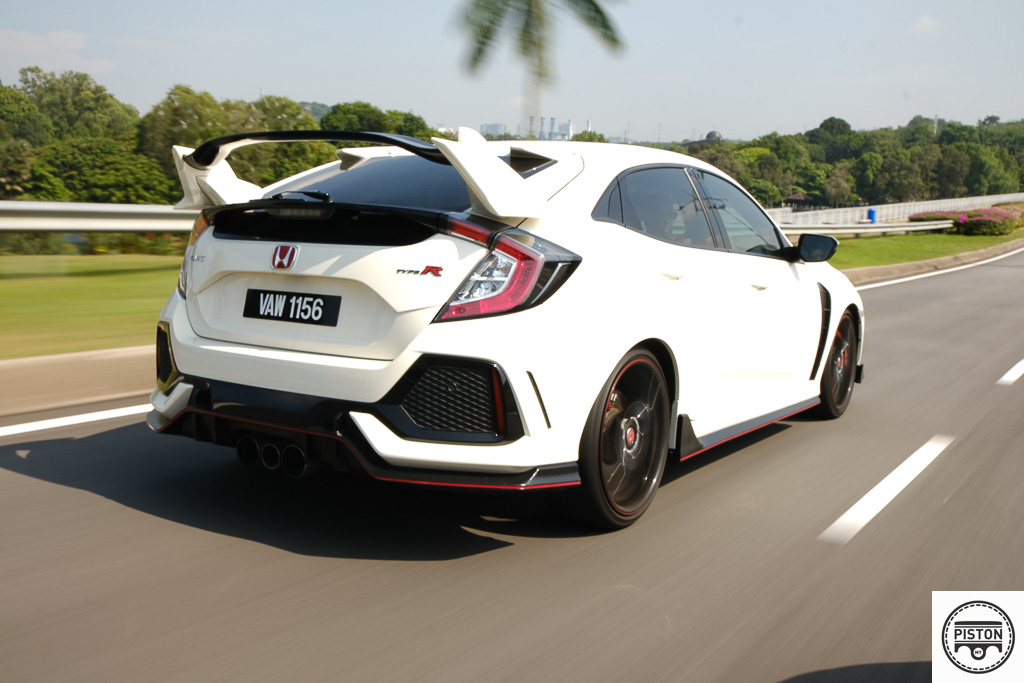
And because of the forced-induction, you can even accelerate in fourth or fifth gear on the highway with the car responding immediately. Even the interior noise is at an acceptable level, while older Type R’s were notorious for being noisy.
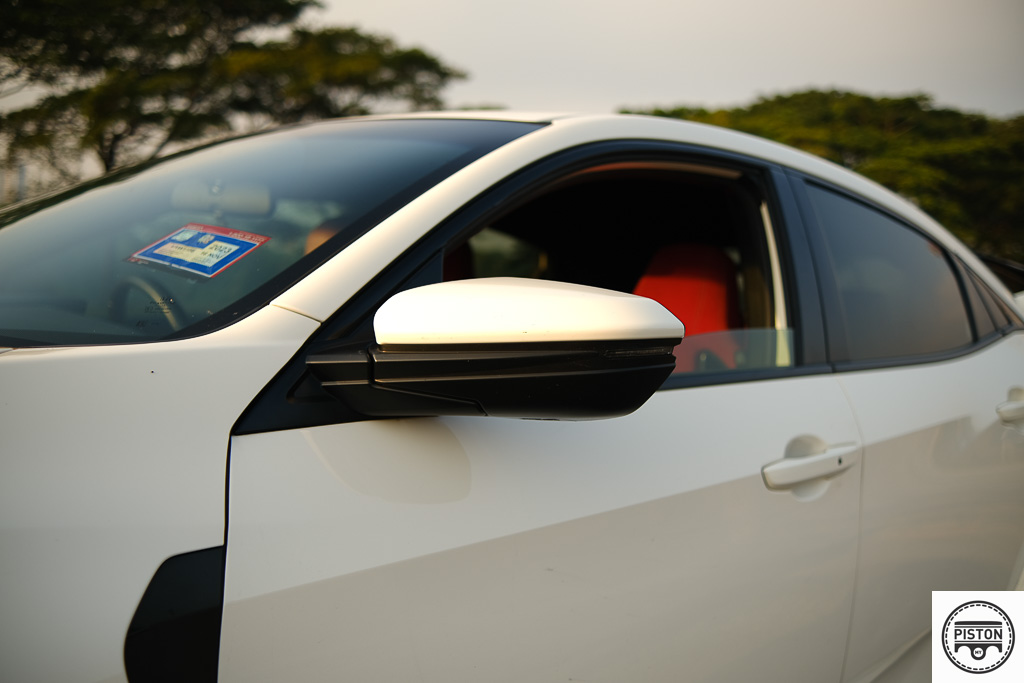
This is not achieved by using heavy sound deadening material but with clever trick involving the triple exhaust tips. The two exhaust tips on the sides still work like any other exhaust, but the one in the centre gives the car its sporty sound. At low speed it gives it an aggressive sound which can be heard from the inside and out. But at higher speed such as on the highway, it channels air towards the outer two pipes to keep the interior quiet and comfortable.
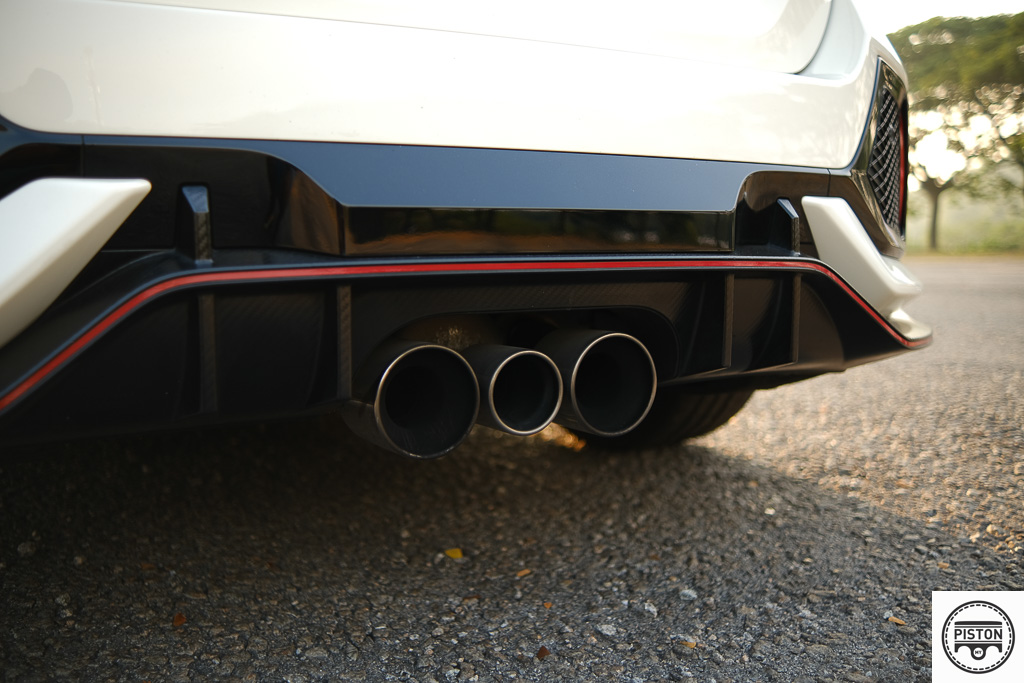
This makes the FK8R incredibly well placed as a comfortable touring machine, which is something the other Type R models could never achieve.
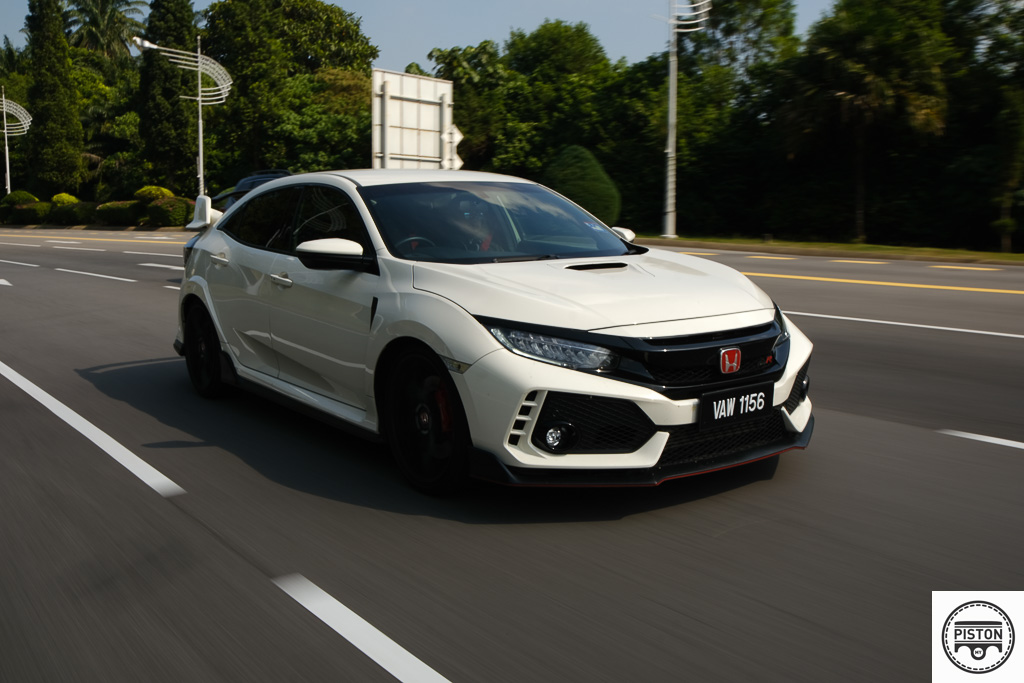
The driving modes together with the 2.0-litre turbocharged engine are the defining features of the FK8R. These features give it its character and its general purposefulness. But its four-seats, interior spaciousness and features like Apple CarPlay make it a family friendly machine, like a Doberman that always has the family’s best interest at heart.
Except that this time, that best interest in question is driving pleasure, of which the FK8R offers in abundance, and this singularity makes it a definite future classic.
Specification:
Engine: 4-cylinder, 16 Valve, DOHC, VTEC, Turbo
Power: 310PS @ 6,500rpm
Torque: 400Nm @ 2,500rpm
Gearbox: 6-speed manual
Suspension: Dual-Axis strut (Front) / Multi-link (Rear
Brakes: Brembo Ventilated Disc (Front) / Solid disc (Rear)
We like: Usability, friendly character
We don’t like: Everyone will try to race you




